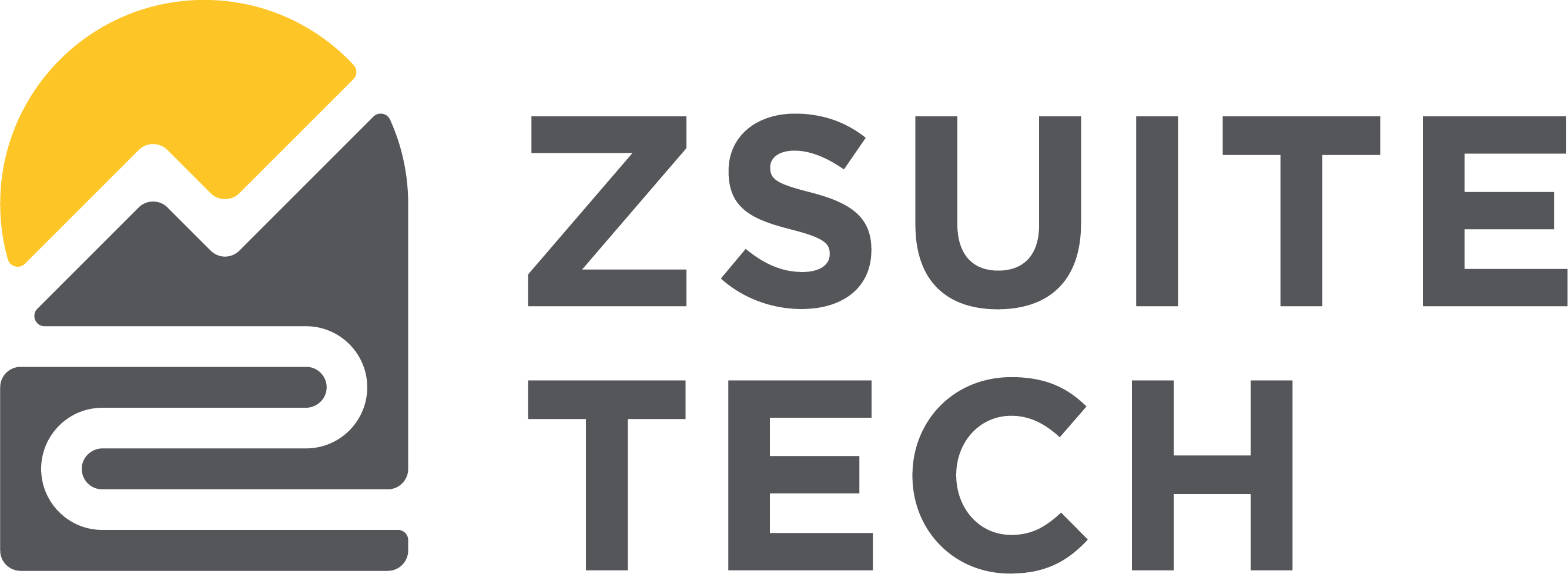8 questions you should ask before signing a vendor contract.
by Nathan Baumeister on Mar 8, 2023 4:22:41 PM
There’s no shortage of widgets, services, and partners that your institution could use. But there isn’t a universal metric to decide which ones you should use. The only way you’ll know is to evaluate based on your institution’s goals, constraints, and appetite for growth. In my career, I’ve worked alongside hundreds of financial institutions, listening deeply and learning how they evaluate vendors and tools. I’d like to share eight questions that can help you build the right kind of momentum and avoid distraction. Within these eight questions, I’m separating “tool questions” from “vendor questions.” These two areas are closely linked and very distinct.
5 Questions to find out if a tool is right for your institution:
- Does it raise or lower operational risk?
Becoming a successful banker demands a basic grasp of risk management. That said, too often, I’ve seen successful bankers underestimate the risk of keeping the status quo and overestimate the risk of doing something new. If you have a high chance of subsequent growth outweighing marginal increases in risk, then you could still lower overall risk. - Can it increase efficiency for an existing process?
Despite the glorious speed of computers, most banks still have to use “man-umation” (man+automation) to accomplish certain tasks. Escrow and subaccounts are commonly maintained on spreadsheets, and every month some unlucky team member gets to print statements and stuff envelopes. There is higher value work for your commercial bankers to focus on. Ask your staff to flag these types of manual processes and then look for tools to eliminate busy-work or tedious compliance tasks. - Can it allow the team to develop clients in new industry verticals or confidently approach existing clients to win more of their business?
You can’t be everything to every client, but you can identify services or product functions that appeal to high-value industries, such as property management, 1031 exchanges, municipalities, and health care. Even if you’ve previously said “no” to certain types of clients, consider if the tool in question could reignite opportunities. - What would it cost in time, effort, and lost opportunity to develop a similar tool?
I’m a huge believer in banks pursuing in-house innovation. You’re much closer to the problem that needs solving than a tech company that tries to helicopter in without any banking know-how. However, there’s no reason to reinvent the wheel. If a tool solves the problem without disrupting your momentum, then your choice is much easier. - Will it build momentum towards a top objective in the next 1-5 years?
It’s hard to project what the market will look like in five years, but thinking one year at a time is a bit like steering your car by looking at the road immediately in front of you. One way to hedge against volatility is to look for ways to deepen the relationship with your clients. By adding value and serving more of their needs, you will benefit from their deposits, loans, and genuine trust over the short and long haul.
2 Questions to learn if a vendor is right for your institution:
- Is the company committed to solving unsexy, real-world problems or just waving around software as a cure-all for your challenges?
The line dividing these two scenarios can be blurry. Financial technology is unlocking massive opportunities and changing the way banking is done. You want to determine if you’re looking at a company that has a solution in search of a problem or a company that has wrestled alligators and knows how to get in and out of the swamp safely. - Can you get a warm recommendation?
Ask your network. Check in with your favorite banking association. Make some phone calls and find out if their existing clients are satisfied. You shouldn’t count on the reputation of current clients alone, but it’s an invaluable part of the due diligence process.
Strong mindset + powerful tools = faster growth
Strong banks are built through consistency, integrity, and a willingness to adopt new strategies and tactics before it’s too late. The final question is one you should ask before you tackle any of the other seven questions.
1 Question to discover if your institution is ready for a new solution:
- Is your institution cultivating excellence and a growth mindset within each team member?
The best tools built by the best companies in the world won’t compensate for sagging morale and persistent risk aversion among your employees. Encourage your team to look for new opportunities, both from a client perspective and from a vendor perspective. The most valuable commercial banking clients need flexibility and creative problem-solving from their banking partners. With the right tools and attitude, your team can build partnerships that outgrow your expectations.
*This article first appeared on BankDirector.com and is republished with permission.
- Press (53)
- Commercial banking (15)
- Deposits (13)
- Partnerships (12)
- 1031 Exchanges (9)
- ZEscrow (9)
- Bank tech (8)
- Specialty Deposits (8)
- ZValues (6)
- Property Management (5)
- VAM (4)
- Law Firms (3)
- Liquidity Management (3)
- Municipalities (3)
- Working smart (3)
- Podcast (2)
- Webinar (2)
- Builder, Banker, Hacker, Chief (1)
- FDIC Insurance (1)
- December 2025 (1)
- November 2025 (1)
- September 2025 (1)
- August 2025 (4)
- July 2025 (1)
- June 2025 (2)
- May 2025 (1)
- March 2025 (1)
- February 2025 (1)
- January 2025 (1)
- December 2024 (1)
- November 2024 (1)
- October 2024 (3)
- September 2024 (2)
- August 2024 (3)
- July 2024 (2)
- June 2024 (3)
- May 2024 (6)
- April 2024 (2)
- March 2024 (5)
- February 2024 (1)
- January 2024 (2)
- December 2023 (1)
- November 2023 (3)
- October 2023 (1)
- September 2023 (1)
- August 2023 (3)
- June 2023 (3)
- May 2023 (1)
- March 2023 (6)
- February 2023 (4)
- January 2023 (4)
- December 2022 (2)
- November 2022 (6)
- October 2022 (1)
- September 2022 (1)
- August 2022 (3)
- June 2022 (1)
- May 2022 (1)
- April 2022 (5)
- March 2022 (3)
- December 2021 (2)
- September 2021 (3)
- July 2021 (2)
- June 2021 (1)
- May 2021 (1)
- April 2021 (4)
- March 2021 (3)
- February 2021 (4)
- January 2021 (2)


